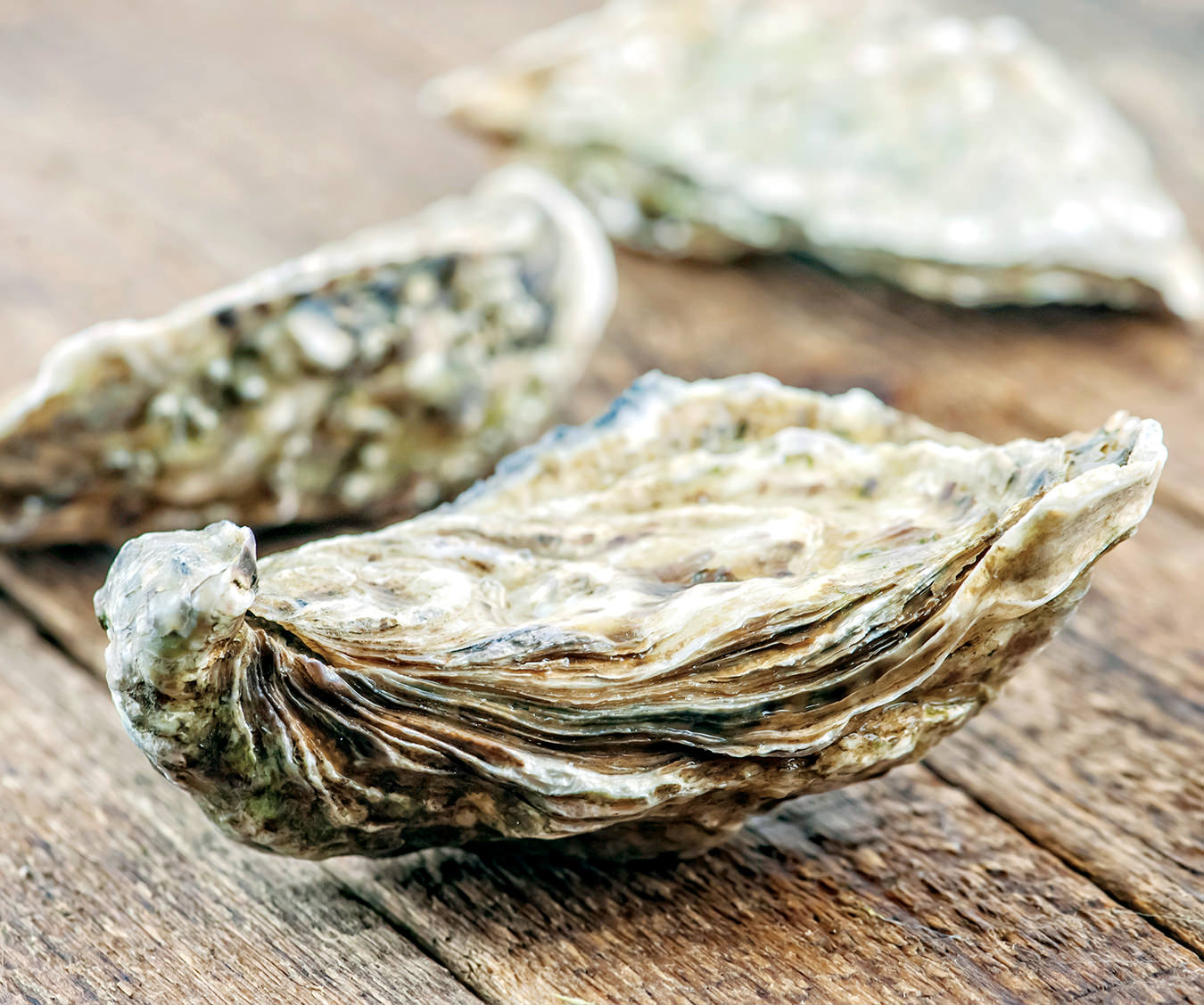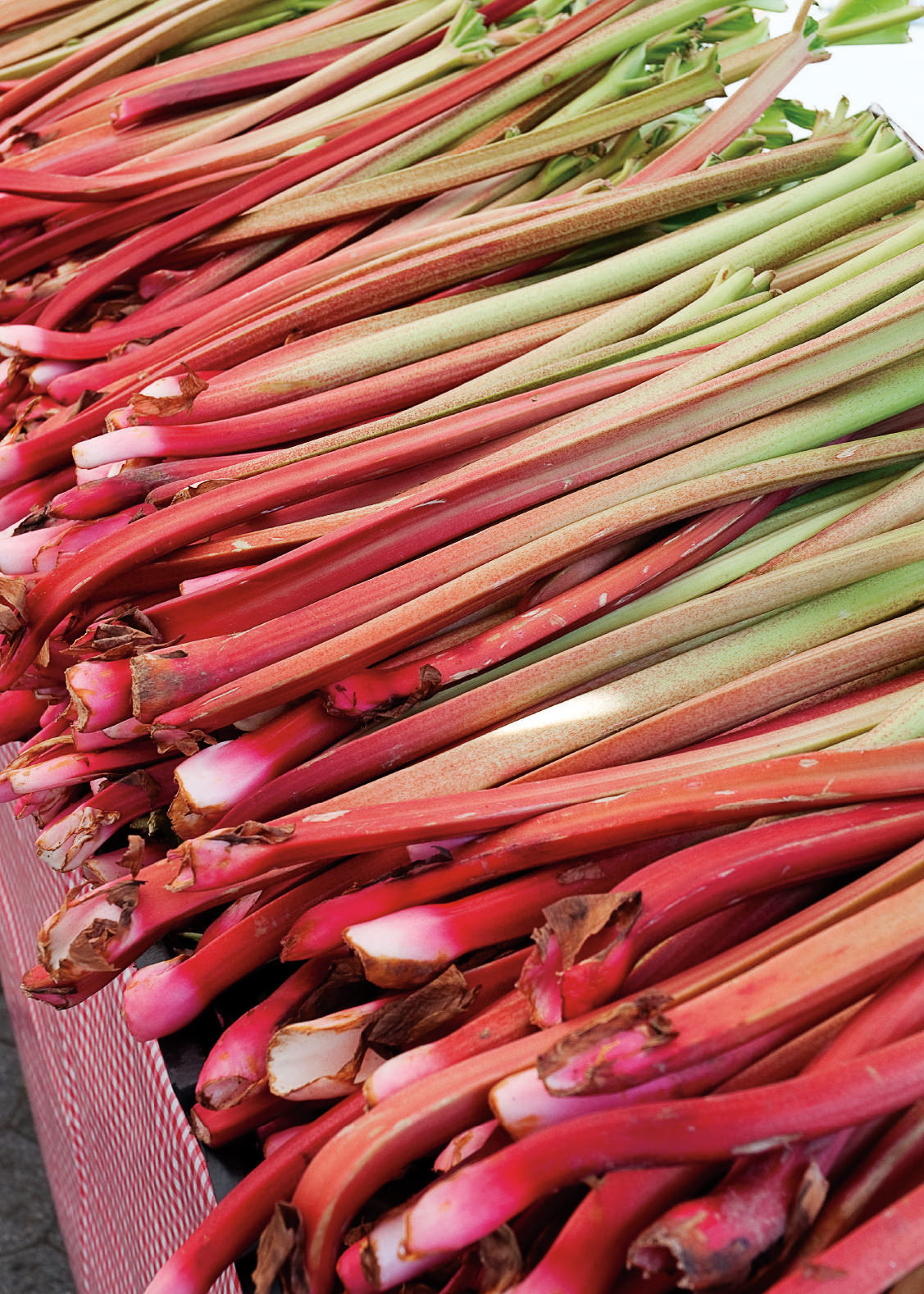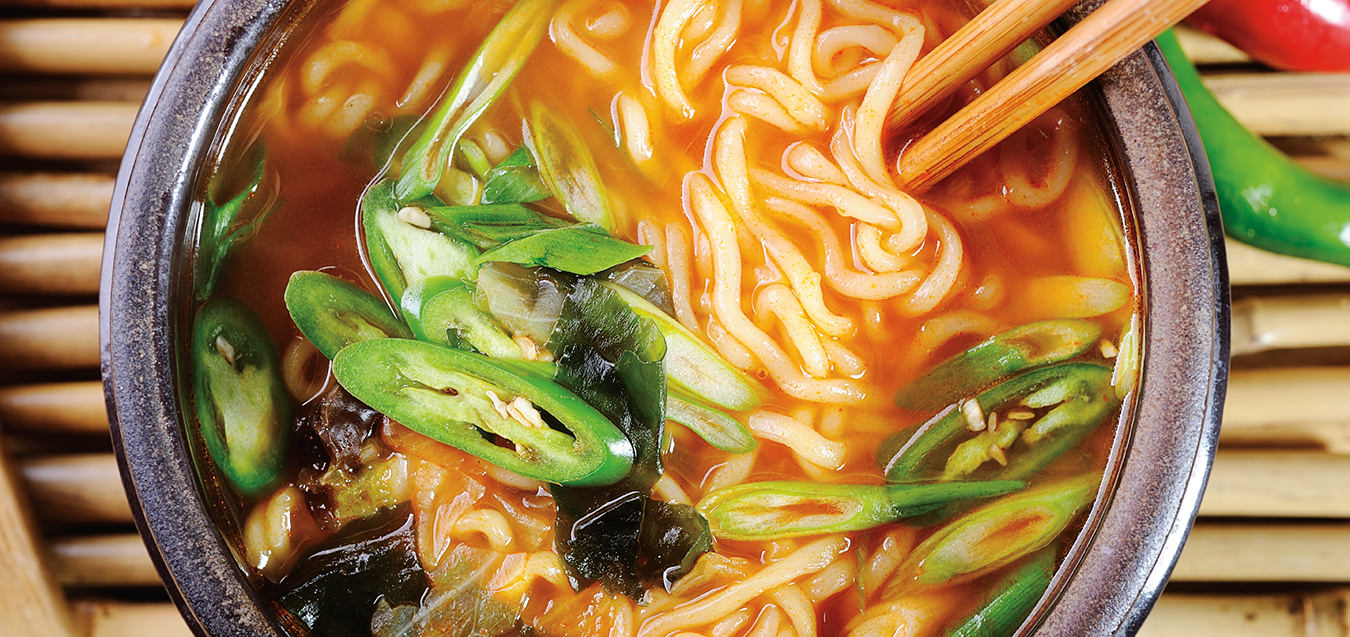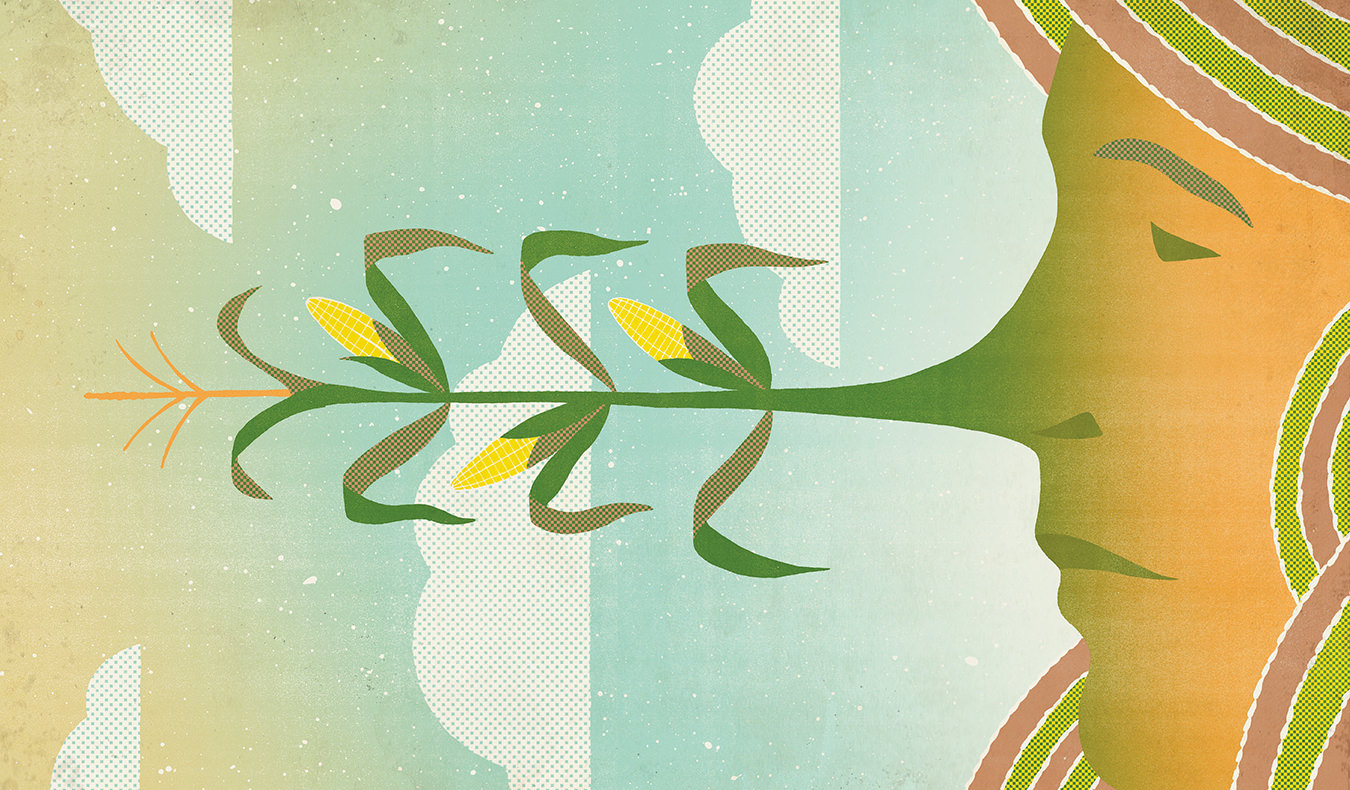A Passion for Oysters
Raw appeal.

What is it about an oyster that incites such passion? At any gathering where oysters are served raw and glistening on a bed of crushed ice, a crowd forms quickly, and onlookers lean in to watch the shucker unhinge each bivalve and slice loose the flesh while preserving the prized liquor. The conversation turns animated as people lift the half shells to their lips, carefully tilt them back, and slide into another world. Somebody will inevitably exclaim that they could happily eat dozens of these creatures, and others will murmur in agreement. But still others will wrinkle their noses, decline to consume even one, and yet remain fascinated by the ritual.
Love them or hate them, it’s undeniable—oysters have a certain allure. In his book A Geography of Oysters: The Connoisseur’s Guide to Oyster Eating in North America, Rowan Jacobsen sums it up: “Something about oysters resists every attempt to describe them,” he writes. “There’s a tension and energy in the fact that we adore them, many others do not, and that we struggle to explain this mysterious love … An oyster, like a lover, first captures you by bewitching your mind.”
Oysters have always been linked to romance, which is undoubtedly part of their appeal. Their erotic association stretches back in time; oysters were popular at Roman orgies, and Casanova is said to have eaten them raw in the bathtub. Much is made of their feminine appearance as a factor in inciting desire, and oysters are extremely high in zinc, which is linked to testosterone levels.
But while scientific evidence for the aphrodisiac nature of oysters is weak, anecdotal evidence is strong. “Many people know that an evening of oysters and champagne often ends amorously,” writes Jacobsen. “Those of us who eat them regularly have all observed their druglike effect. Down a dozen oysters, and you start to feel a surge of well-being. It’s not subtle; you feel as if you could run a marathon—or pin your dining companion to the wall in a potent embrace.”
Bobby Lax, co-coordinator of the annual Clayoquot Oyster Festival in Tofino, B.C., is a firm believer in the bivalve’s ability to bring people together. He coined the festival’s tagline—“Keeping Tofino’s population growing since 1997”—after witnessing so many romances take off at his events. Lax himself met his partner at the festival, and he traces the creation of his daughter back to it.
With oysters, however, it’s rarely love at first sight. With their slimy appearance and texture, the creatures are off-putting—not to mention that when they’re served on the half shell, they’re still alive. Still, that’s part of their appeal. “Eating a raw animal pushes the envelope of what most Westerners consider normal,” Jacobsen writes. “It’s borderline taboo, so only taboo-breakers need apply.”
Consuming oysters raw also comes with risks. Most people have heard of the rule that one should only eat oysters in months that have the letter r in their names (September through April). However, according to Jacobsen, that rule has historically been more for the oysters’ benefit than our own. Oysters spawn in summer, so abstaining from them helps ensure their sustainable reproduction. Winter has also been “oyster season” because oysters, in the days before refrigeration, had a higher risk of spoiling in hot weather.
These days—with refrigeration, farmed oysters, and rigorous inspection—Jacobsen says oysters like Prince Edward Island Malpeques can be consumed year-round. That said, cold winter seas make all oysters plumper, crisper, and more fresh tasting, so it makes sense to indulge in winter.
Perhaps this is why oysters are traditionally served at holiday feasts. According to David Lebovitz, popular food blogger and cookbook author based in Paris, oysters are widely associated with Christmas in France, when Parisians snap them up by the crate. In North America, oysters are popular at New Year’s, and they go perfectly with a glass of champagne. The French like to pair oysters with a crisp glass of Sancerre; others prefer sauvignon blanc, a cold shot of vodka, or a pint of stout. Jacobsen boldly suggests pairing oysters with cold, fresh water—preferably sparkling—to highlight their briny flavour.
Many people like to enhance a raw oyster’s flavour with a squeeze of lemon, a shaving of horseradish, a splash of mignonette, or a dash of hot sauce. But Jeff Noye, festival president of Prince Edward Island’s Tyne Valley Oyster Festival, insists they’re best without any embellishment. “Oysters are like people,” he quips. “We’re way better naked.” He notes that oysters taste of the waters they came from; in the same way that a grape’s terroir affects a wine’s flavour, merroir affects oysters.
Some folks, however, prefer their shellfish cooked. One enduring preparation is oysters Rockefeller, a rich dish created in New Orleans in 1899 and named after John D. Rockefeller. Variations of these baked oysters on the half shell come topped with spinach and watercress, bread crumbs, and parmigiano.
Whether enjoying oysters cooked or raw, oyster lovers can’t stop at just one. “Everyone is afraid to try their first oyster,” notes Noye. “But then you realize how great it is. Once you get hooked, you’re in.”
Photo ©iStockphoto/Smitt.




